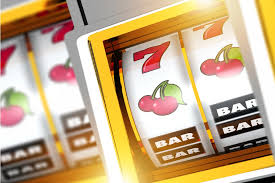Don’t Trust Hype — Trust Data
When evaluating tipster performance, many bettors fall into the trap of trusting social media hype or emotional claims. However, without actual data, it’s impossible to assess whether a tipster is truly profitable or just lucky. The best way to judge a tipster is by looking at their full betting history.
Key Metrics to Consider
A few critical metrics can help you evaluate tipster performance accurately:
-
Yield (%): This measures profit relative to the total amount wagered. A tipster with a 5%+ yield over hundreds of bets is likely consistent.
-
Hit Rate: Also known as win rate, this shows how often the tipster wins. However, a high hit rate without good odds doesn’t guarantee profit.
-
Average Odds: Check if their picks are on realistic and obtainable odds, not inflated ones.
-
Sample Size: 10–20 bets mean nothing. You need at least 100+ bets to draw meaningful conclusions.
Watch for Red Flags
Some tipsters hide losing streaks or delete losing picks. This manipulation makes them look better than they are. Transparency is key. A trustworthy tipster should publish all results — wins and losses — along with stakes and odds.
Free vs Paid Tipsters
A paid service doesn’t always mean better. Many free tipsters offer high-quality picks and open tracking. On the other hand, some paid ones rely on aggressive marketing with no performance data. Before paying for tips, demand proof.
Use Tracking Tools
You can use sites like BetStamp, Blogabet, or even Excel sheets to log tipster results. This removes bias and makes it easier to compare multiple sources. Consistent tracking is the only way to verify true tipster performance.
Conclusion
Evaluating tipster performance requires logic, not emotion. Ignore flashy promises and look at long-term data. Metrics like yield, sample size, and transparency will guide you toward reliable tipsters — and away from empty hype.



